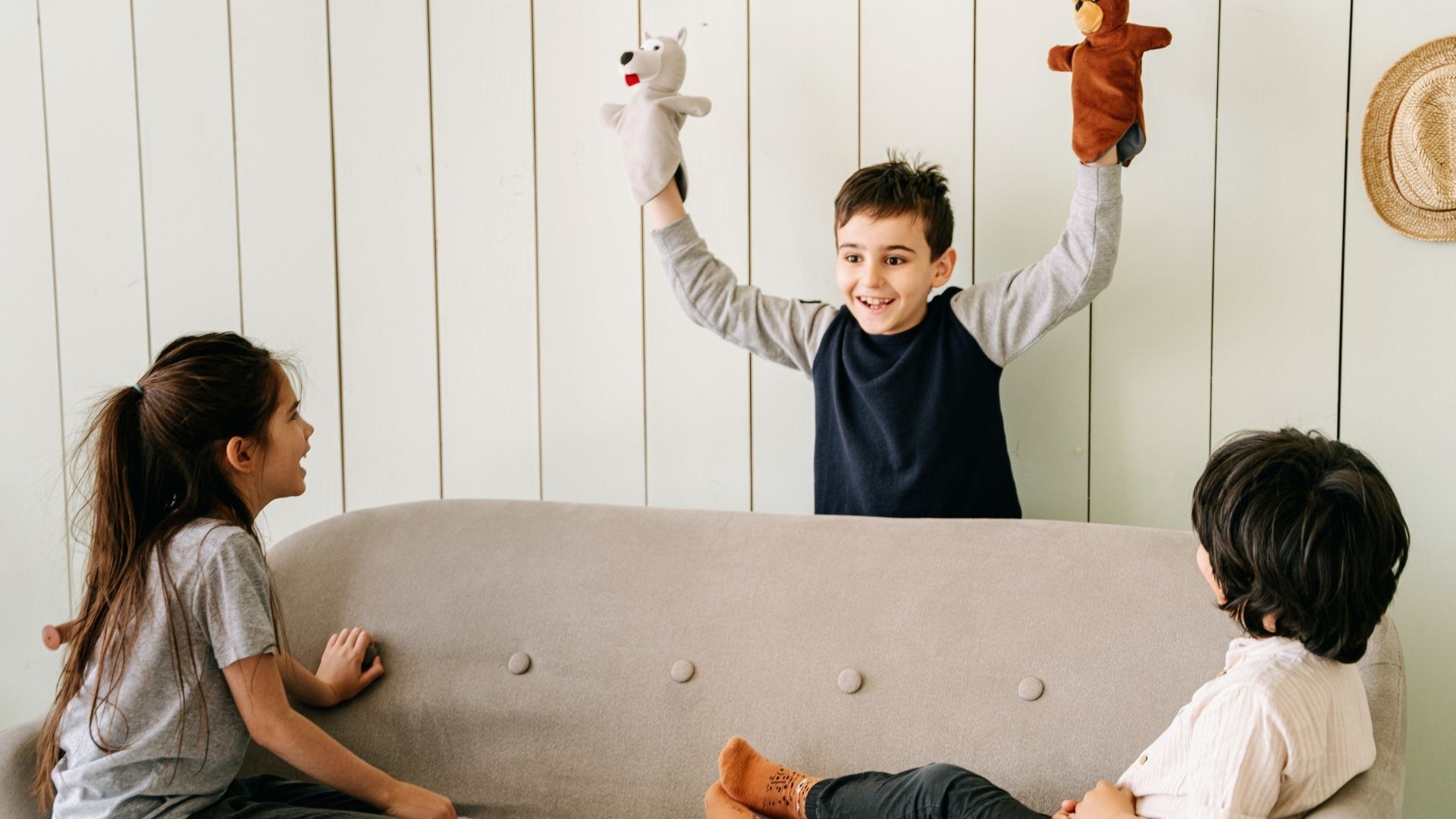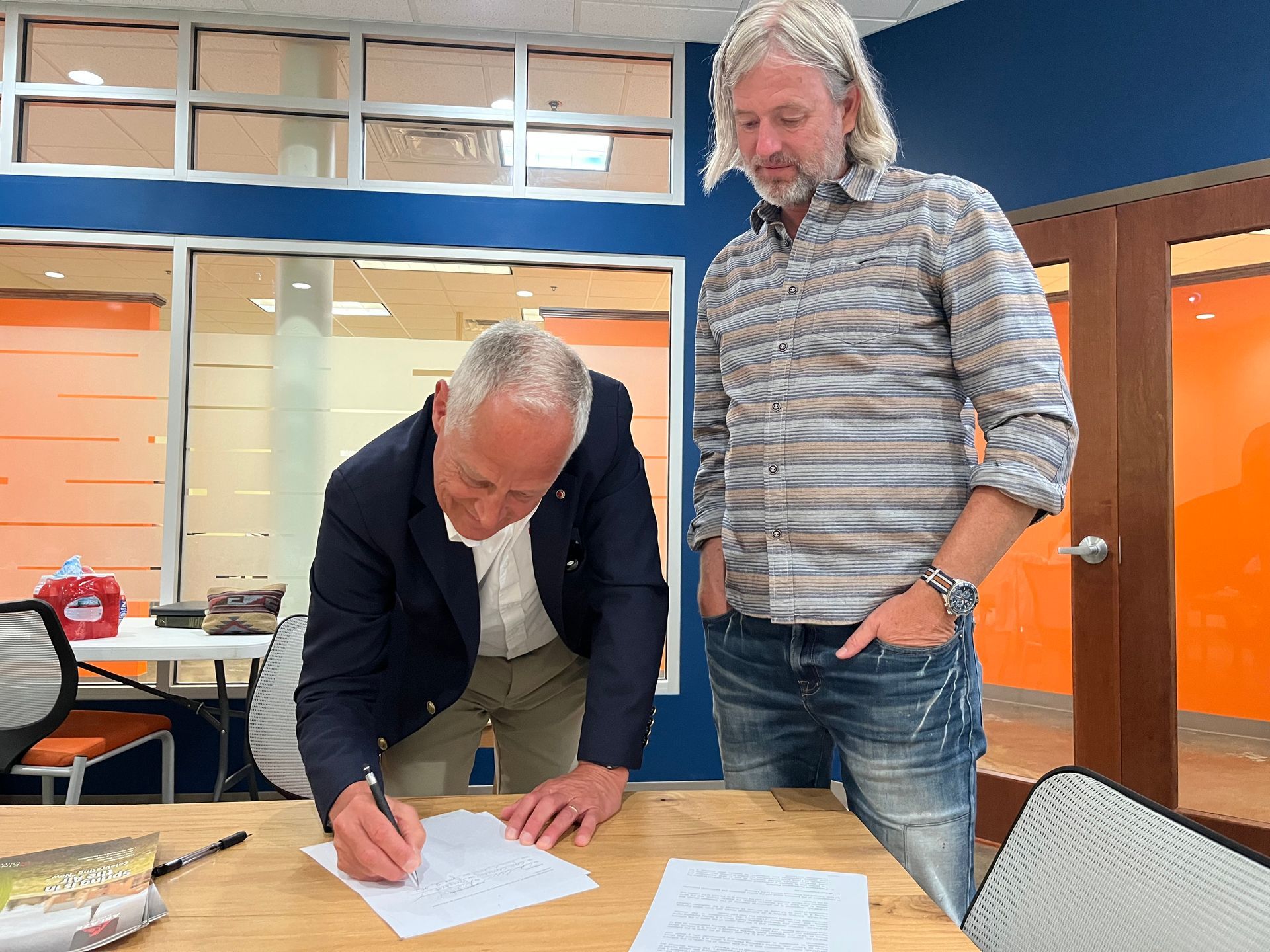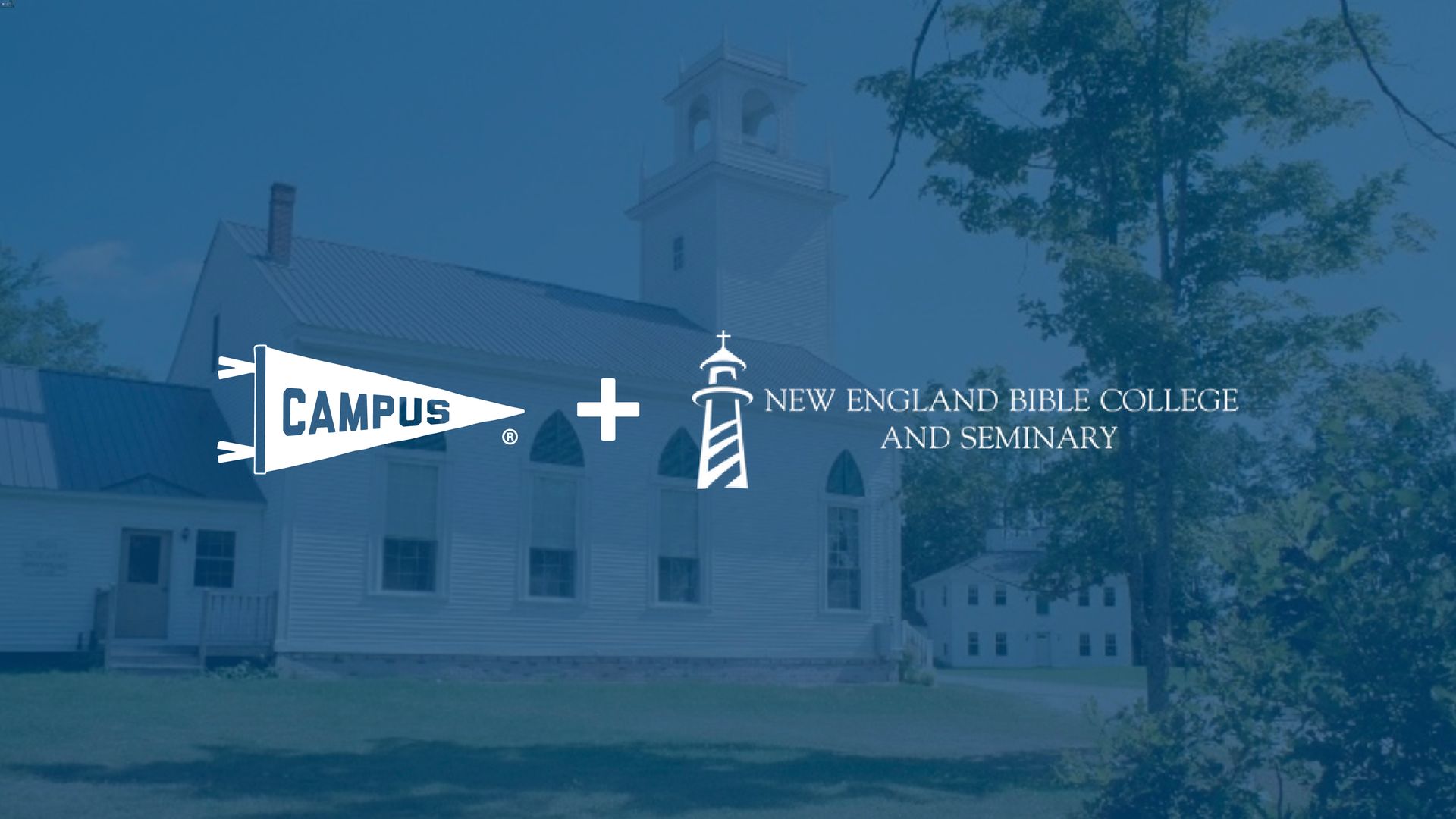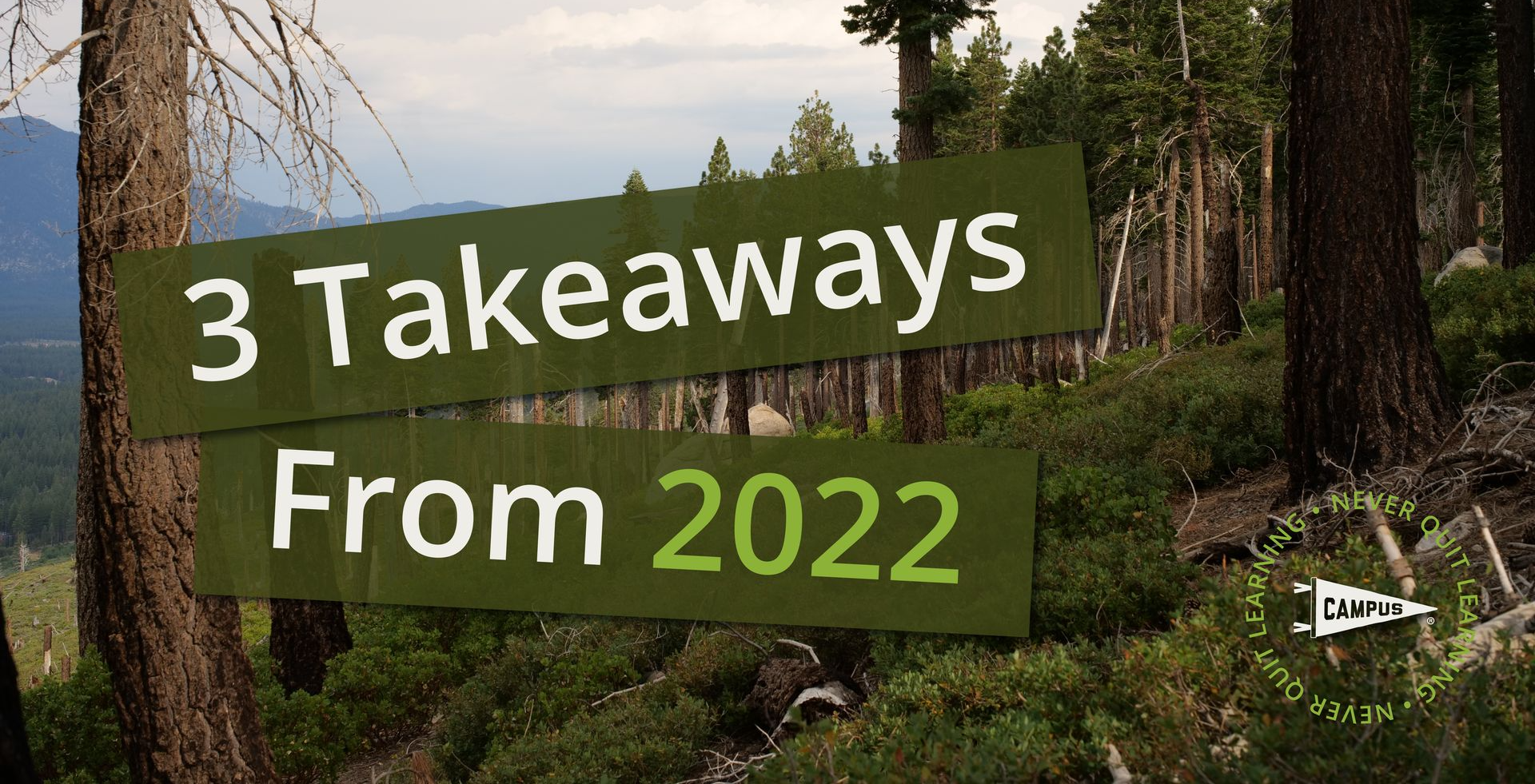The Writer's Table
Erin Crisp
January 4, 2022

The Writer's Table
Written by Erin Crisp, EdD
The Children's Television Workshop famously made edutainment for children. Sesame Street combined educational learning objectives with silly fun for kids and clever fun for their parents. Very little was accidental, as the story is told in the 2021 documentary, Street Gang.
For each episode, a group of collaborators gathered around a large conference room table. Collaborators included a composer, educators, puppeteers, actors, directors, editors, and artists. The individual designers around the table didn't always agree. Sometimes the educators thought the crazy antics of the Muppet characters were superfluous and unentertaining. Sometimes the directors rushed ideas that didn't work with kids. Overall though, they followed the principle- write what you would want to watch and it obviously worked. The show has won 189 Emmy awards! So what can we, as content designers for edutainment, learn from Sesame Street?
How did they do it? The educators provided a large binder of curriculum. The curriculum provided a framework for learning objectives to be taught but not a prescription. The creative team jumped in to brainstorm ways to make those objectives fun to learn. Remember Grover teaching us a letter of the day and Count Dracula teaching us to count bats "one… ah ah ah ah." Those sketches happened because one team member said to another, "we need a 2 minute song on the letter T."
What was the curriculum? It was literacy and numeracy but also social-emotional development. The team tackled the subject of death in the show when the actor who played Mr. Hooper died in real life. They also addressed difficult neighbors. Everyone who lived on Sesame Street modeled interaction with Oscar the Grouch- a character that represents the sad, angry, and frustrating aspects of life. Portrayed in story form, children learn that there are grouches in our lives and that sometimes we feel grouchy too. Big Bird was a perpetually innocent child, a character meant to speak aloud the questions, thoughts, and fears of many children.
Why the adult guests? Many famous guests appeared on Sesame Street. From presidents to musicians to athletes, real-life people wander onto the street to interact with Maria and Miguel and others. These famous guests were less for the kids and more for the parents. Designers learned that kids learn more when they watch the show with the caring adults in their lives, so they began including elements that would attract the nearby adult to come and watch with the child. The social rehearsal of ideas, songs, and questions that occur during and after the show proved to be the most impactful aspects for learners and learning.
What can today's designers of edutainment learn from the Children's Television Workshop?
1. Well-designed content stands the test of time. Episodes and clips from Sesame Street, Magic School Bus, Bill Nye the Science Guy, and School House Rock have been played thousands or millions of times, many years after it was originally conceived and recorded. Education can be appealing. Use the stories of real people in real situations. Use humor, music, and visual design. Instill depth of thought, and evolve characters and situations over time.
2. Storytelling matters. The human actors who lived on Sesame Street, along with the recurring Muppet characters, were compelling and engaging. Humans are more engaged, as learners, when our teacher looks and feels like a whole person complete with their own thoughts, feelings, motivations, and distractions. We don’t need recordings of teacher robots in front of white boards. We need to create content that causes learners to share a video with a friend or parent and say, “you gotta see this.”
3. Diverse creators make magic. Imagine if all of the CTW creators were musicians or educators. What if they all had a dark sense of humor, or if they all preferred quiet stories told from Grandma's rocking chair. Collaboration with diverse individuals is challenging, but it produces results that appeal to the broadest number of people. In fact, I wonder if it is true that the more diverse the skill-sets and opinions around a table, the more broadly appealing the end result might be? Today's CTW would probably include a TikTok teacher, Insta Influencer, and YouTube content creator.
What would you add? What did you learn from Sesame Street?
The Campus Blog











